Report this entry
More from the same community-collection
El Paso Rock and Roll 1950-1970, an EP Museum of History Exhibit
Horn players from the 1960s El Paso music scene.
El Paso Rock and Roll 1950-1970, an EP Museum of History Exhibit
Rockin' band members probably from the Rhythmheirs, an El Paso ...
El Paso Rock and Roll 1950-1970, an EP Museum of History Exhibit
1960s Saxman from the El Paso music scene.
El Paso Rock and Roll 1950-1970, an EP Museum of History Exhibit
Father Rahm is credited with starting the early rock scene in El ...
El Paso Rock and Roll 1950-1970, an EP Museum of History Exhibit
Eugene Anchondo and Pearla performing during the 1960s.
El Paso Rock and Roll 1950-1970, an EP Museum of History Exhibit
Yucca record release, Strange World written by Arthur Wheeler, ...
El Paso Rock and Roll 1950-1970, an EP Museum of History Exhibit
Capital records release, How's About Tomorrow Night?, written by ...
El Paso Rock and Roll 1950-1970, an EP Museum of History Exhibit
Patchwork pants on loan from Chet Woodward, Eagles artwork by El ...
Motorcycle Madness Exhibit at the El Paso Museum of History
Exhibit entrance, August 2012, designed by Tim Hanlon. All of ...
Motorcycle Madness Exhibit at the El Paso Museum of History.
Exhibit entrance - Dukati motorcycle, August 2012, designed by ...
Motorcycle Madness Exhibit at the El Paso Museum of History.
Artifacts - oil cans, helmet, goggles, hats, gloves, August ...
Motorcycle Madness Exhibit at the El Paso Museum of History.
Honda motorcycle, August 2012, designed by Tim Hanlon. All of ...





















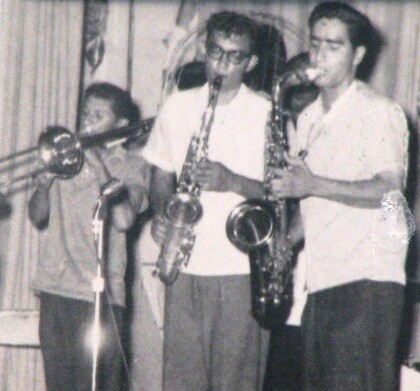
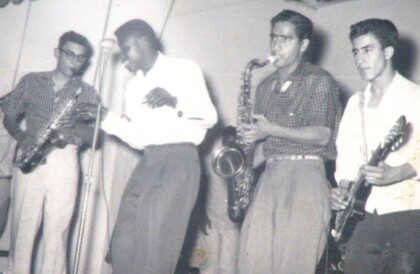
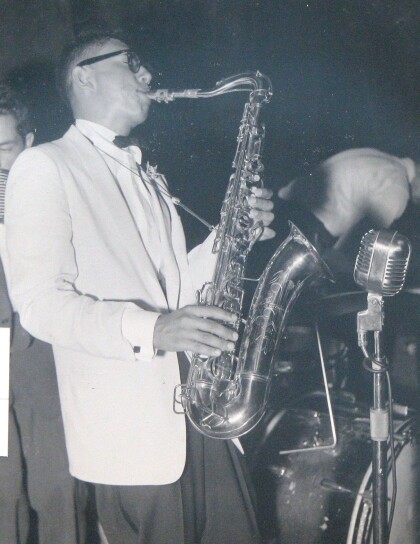
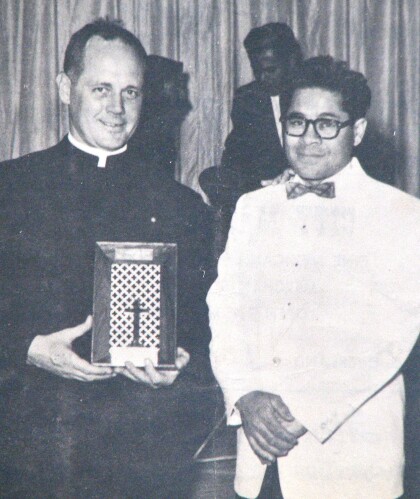
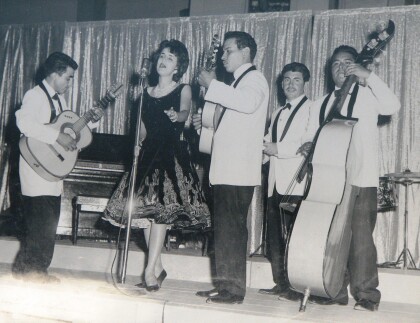
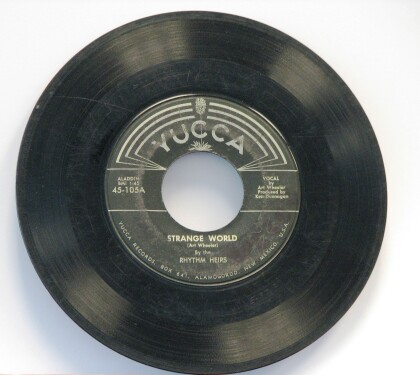
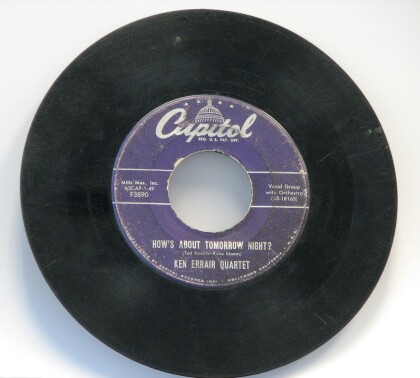
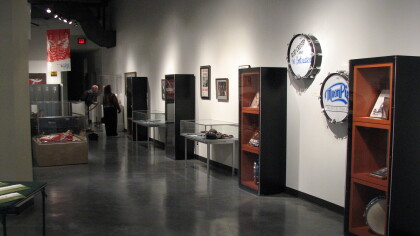
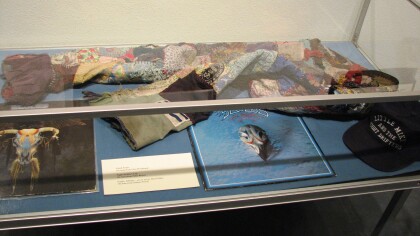
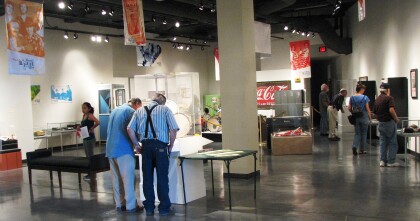
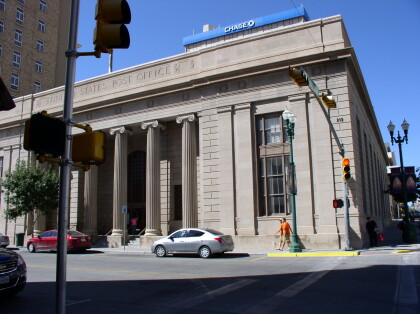
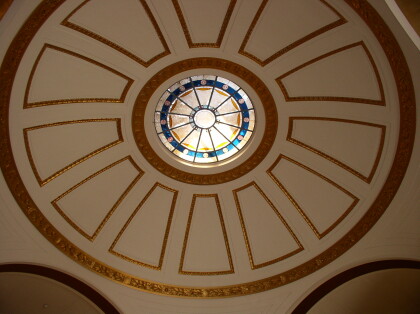
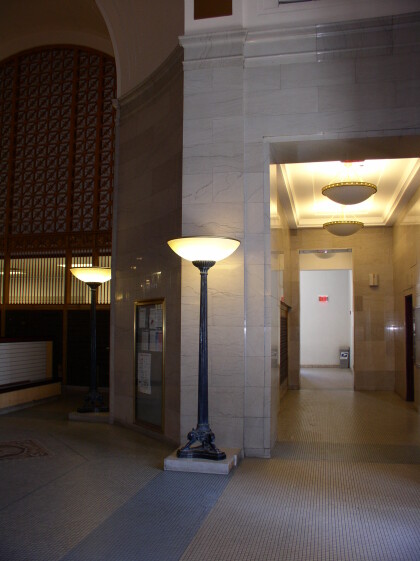

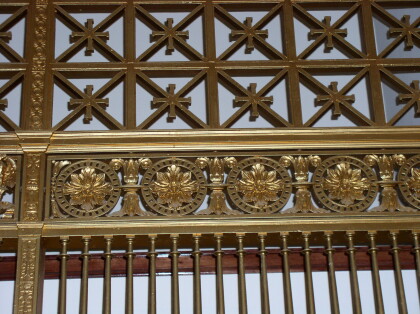
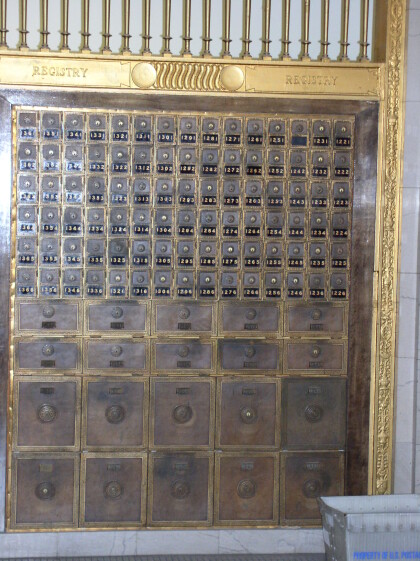
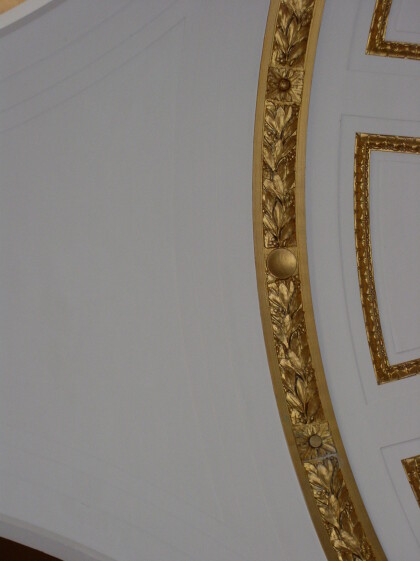
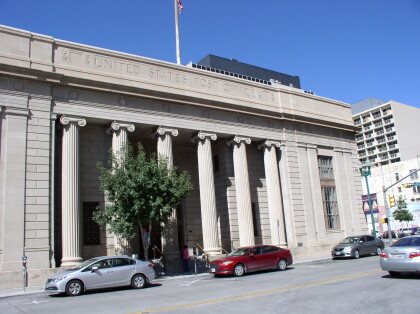
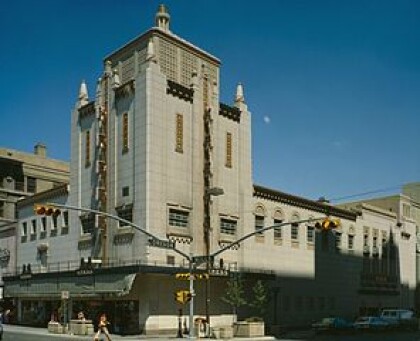
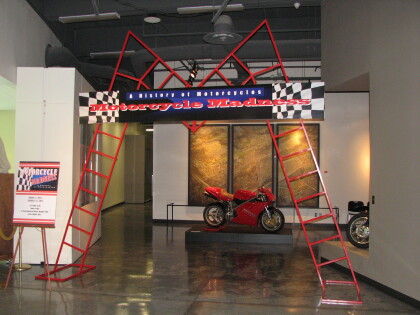
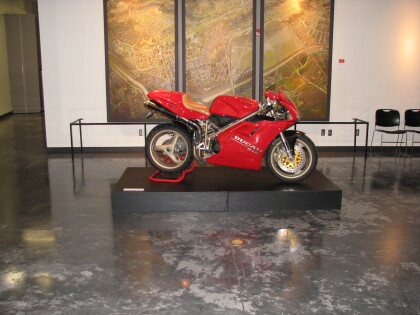
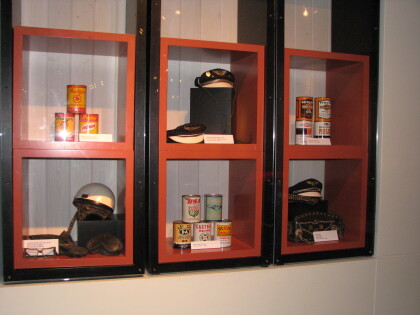
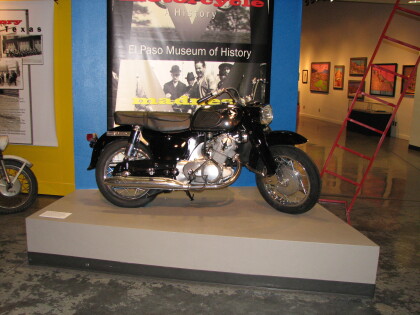
Comments
Add a comment